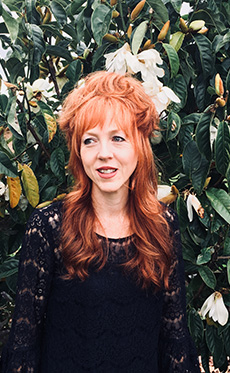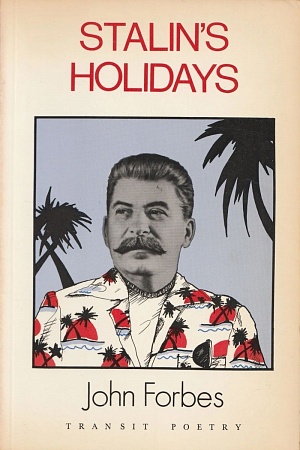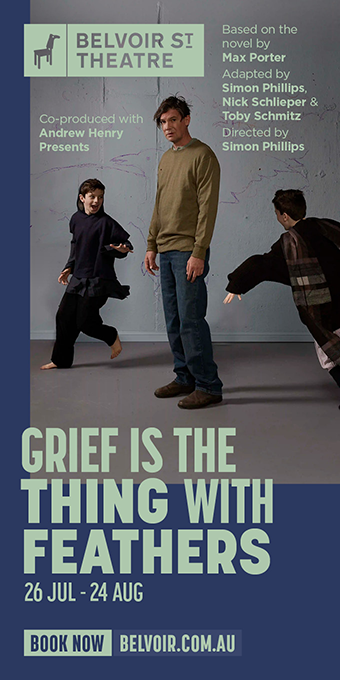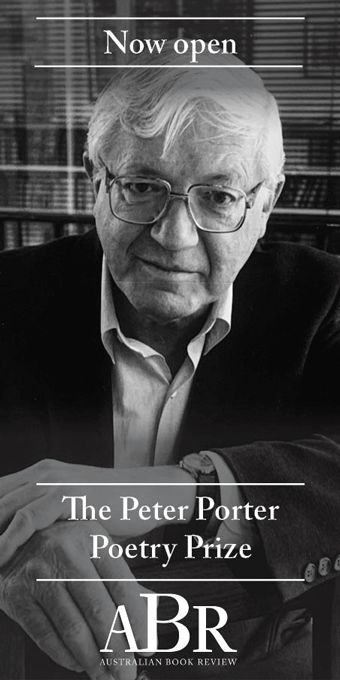Killing the Black Dog
Black Inc., $24.95 pb, 88 pp
Parry and front
Lawrence warned us not to trust the teller, but to trust the tale. Nevertheless, all writers are apt to suffer the fate of being confused or conflated with their works. Maybe it is part of what Goethe entitled Dichtung und Wahrheit. If truth is going to be let into poetry, many readers want to know the facts about the poet: both the jubilant facts and the disconcerting ones. This is not merely irritating nosey-parkerhood. The shimmering glamour of writers is inevitably part of their stock-in-trade. A Byron, a Plath, a Rimbaud, Dickinson or Dylan Thomas has become inseparable from that poet’s reported life, dazzle, sex and dirt. An early death helps no end. It is an example of fatedness which Al Alvarez explored years ago in The Savage God (1971), a title he derived from Yeats talking about Charles Conder and his decadent allies of the 1890s.
What is true about dead writers is also true about living ones, poets in especial. All walk around trailing shawls of personality, which cloak or enhance their work, however much they may yearn for Keatsian impersonality: for the desirable objectivity of art.
Continue reading for only $10 per month. Subscribe and gain full access to Australian Book Review. Already a subscriber? Sign in. If you need assistance, feel free to contact us.















Leave a comment
If you are an ABR subscriber, you will need to sign in to post a comment.
If you have forgotten your sign in details, or if you receive an error message when trying to submit your comment, please email your comment (and the name of the article to which it relates) to ABR Comments. We will review your comment and, subject to approval, we will post it under your name.
Please note that all comments must be approved by ABR and comply with our Terms & Conditions.